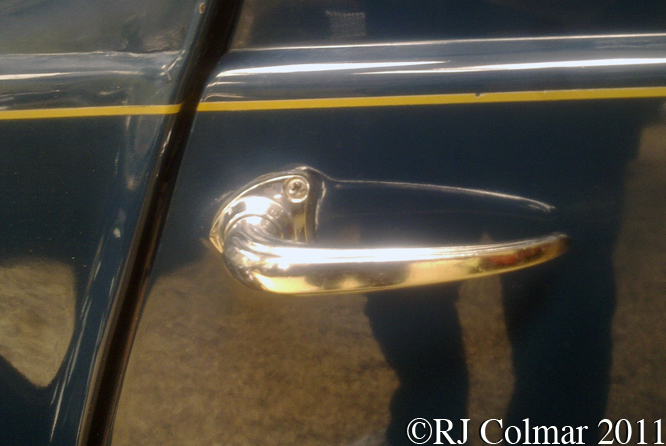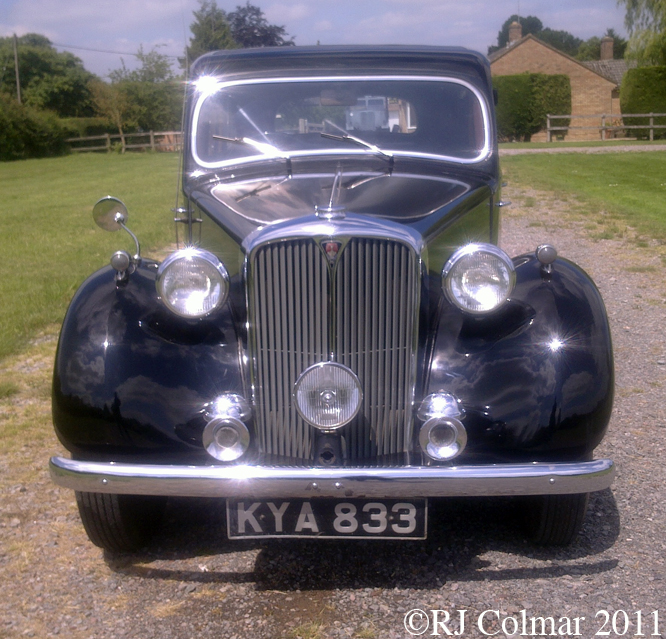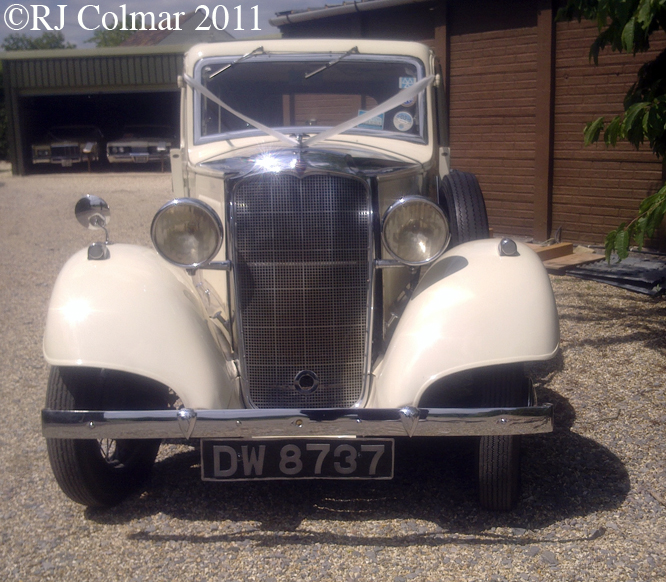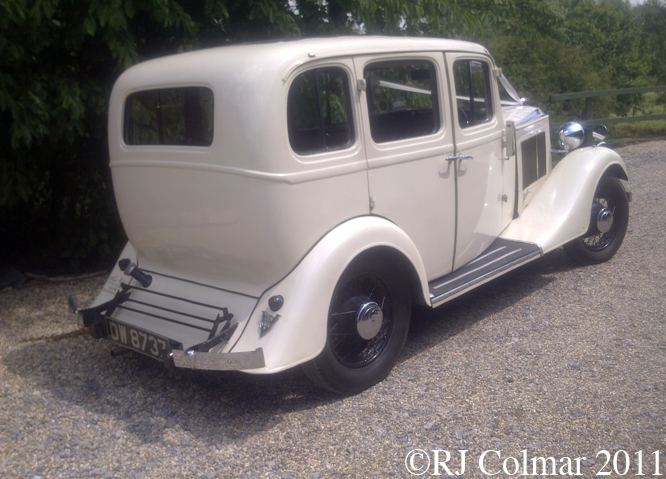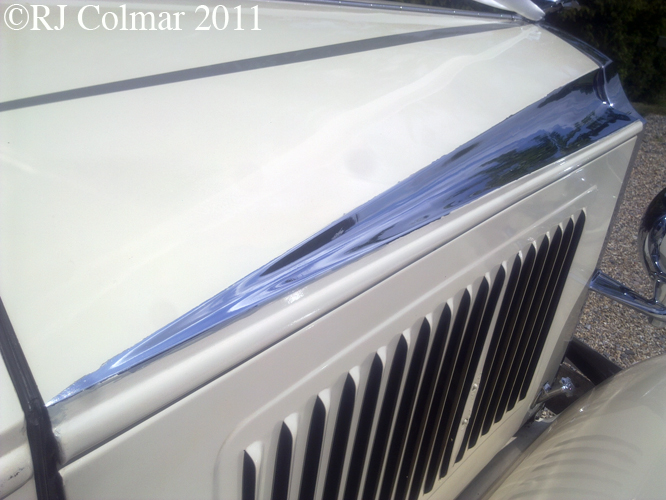In 2011 I visited the Atwell Wilson Museum in Calne and found it to be friendly and great value a couple of weeks ago I took the opportunity to visit again and unsurprisingly found Wiltshire’s only Motor Museum to be just as friendly and still great value.

Every year the friends of the Museum raffle a classic car, this year your one pound ticket could win you the immaculate 1976 MG Midget 1500 with federal spec bumpers above.

In the days before photocopying and scanning an army of tracers was employed by engineering firms to trace the technical drawings required for just about anything that was made to pattern, Trevlynn “Trev” Hildred joined her father at the Armstrong Whitworth Aircraft works in Coventry at 16 and rose to become Head Tracer at the company in 1960 and remained in the post until technology made here redundant in 1969, above is her 1954 Ford Consul “Connie”.

In 1997 the Gaydon Motor Museum built this replica of of one of John Coopers Austin Mini 5 cwt Vans for the Frankfurt Motor Show restoring a 1962 van for the purpose with John Coopers full approval and cooperation, the 70th anniversary of Cooper Cars this year will be celebrated at Prescott on July 30th.

Ford introduced the Mercury Monarch in 1975 as an upmarket version of it’s (US) Granda both models being aimed at the downsizing US market in the wake of the early ’70’s oil crises which pushed the price of oil to new high’s, this Ghia version was the top of the range 1978 Monarch though only powered by a mid sized 250 cui 4.1 litre straight six.

The roadster above is believed to be the first Datsun to have ever been imported into the UK, this 1964 85 hp twin carburettor Fairlady 1500 was purchased by Standard Triumph for evaluation purposes and registered by them on the 2nd of April 1965.

Finally in the space of 9 years Clyno became the third biggest manufacturer of motor cars between 1920 and 1929 when creditors called time on the company, the 1928 Clyno Royale above is powered by a 20hp Coventry Climax engine which powered the ash and fabric body up to speeds of 55 mph.
Further details about the Atwell Wilson Museum can be found on this link.
Thanks for joining me on this “Still Friendly Still Great Value” edition of “Gettin’ a li’l psycho on tyres” I hope you will join me again tomorrow when I’ll be looking at a Targa top Camaro. Don’t forget to come back now !






